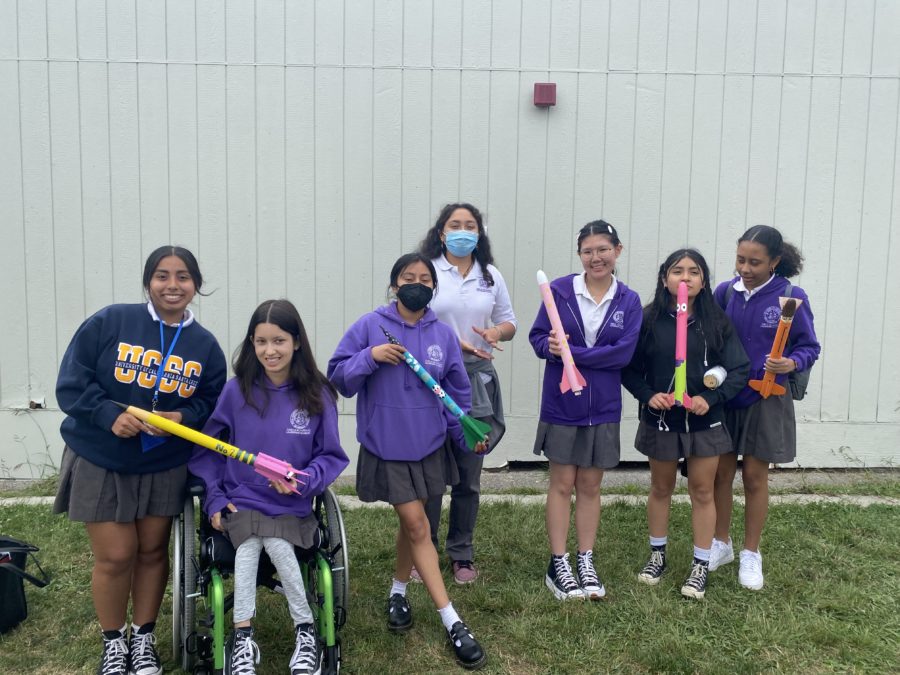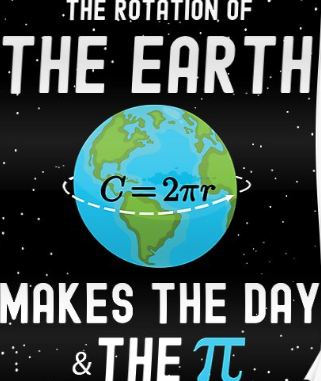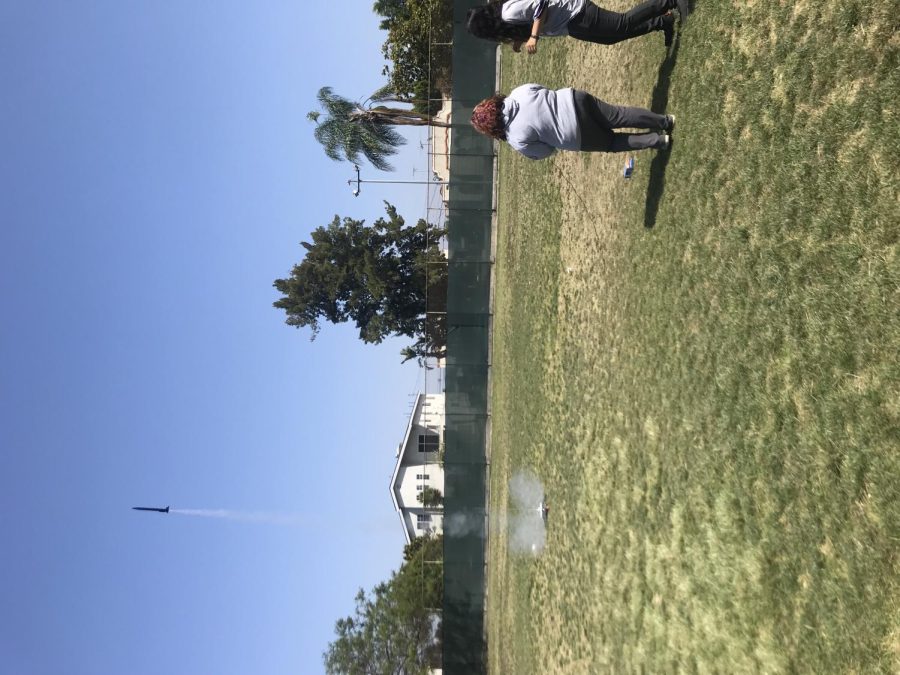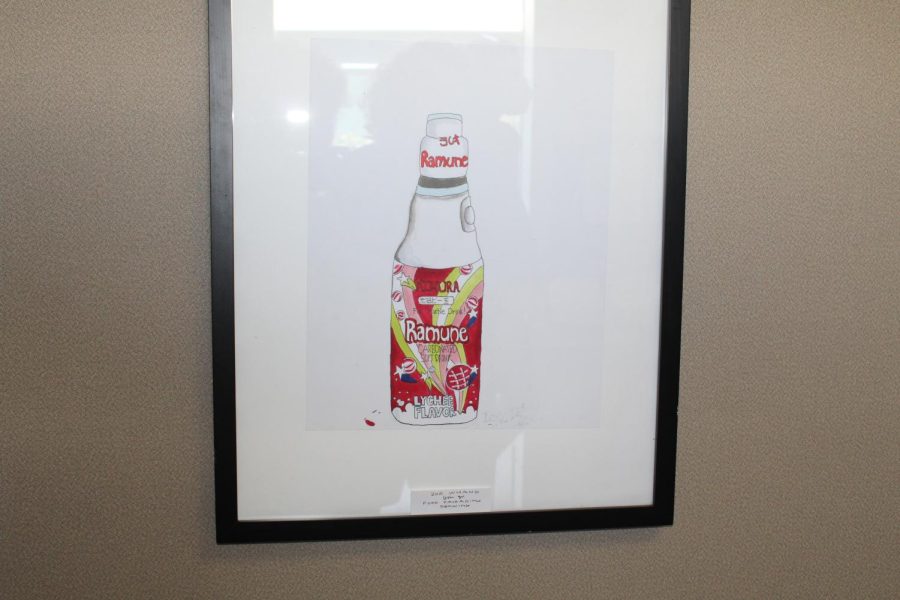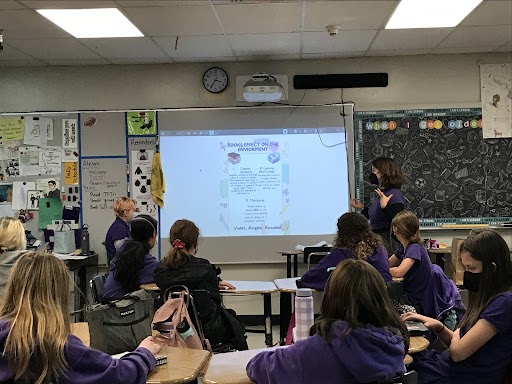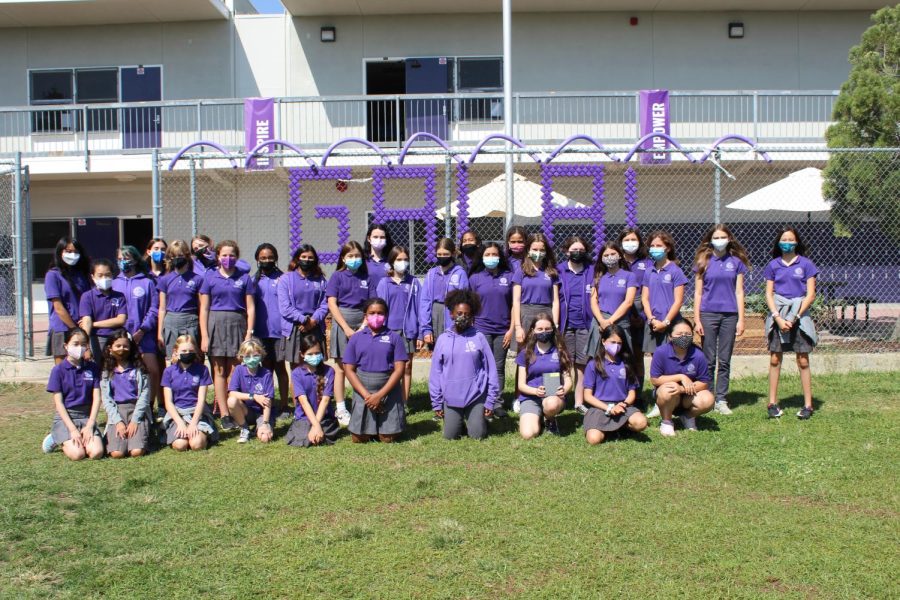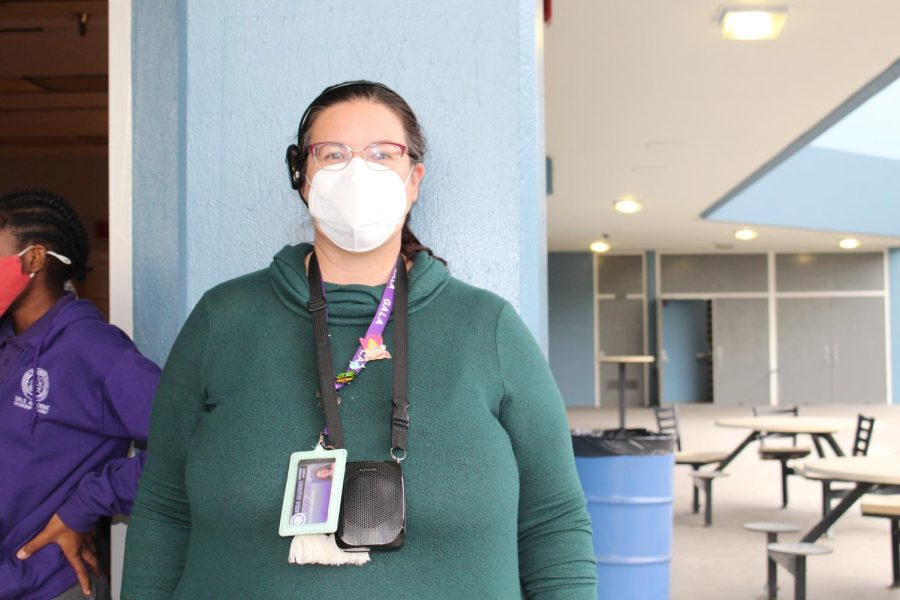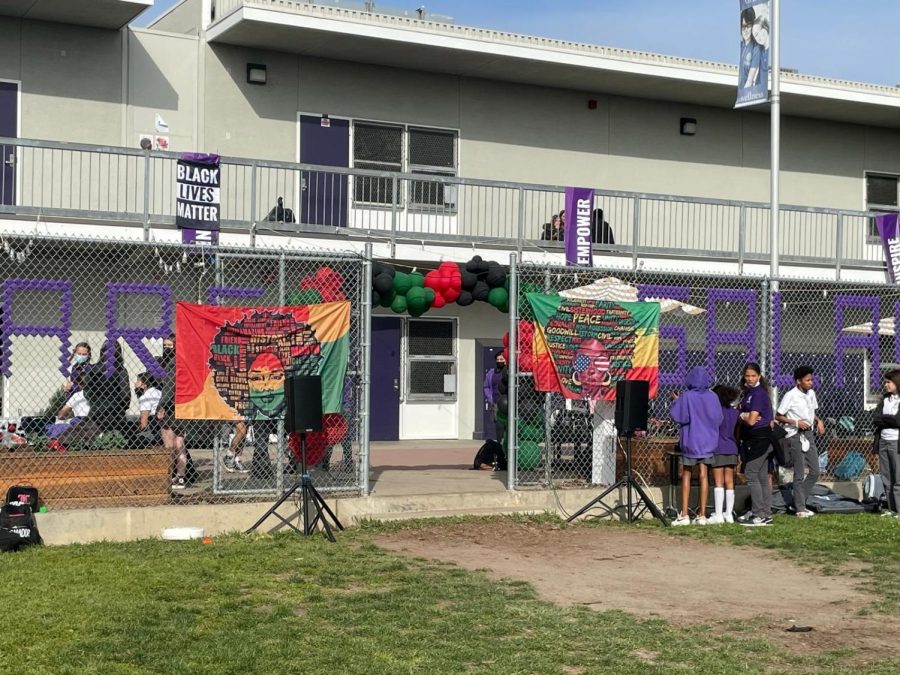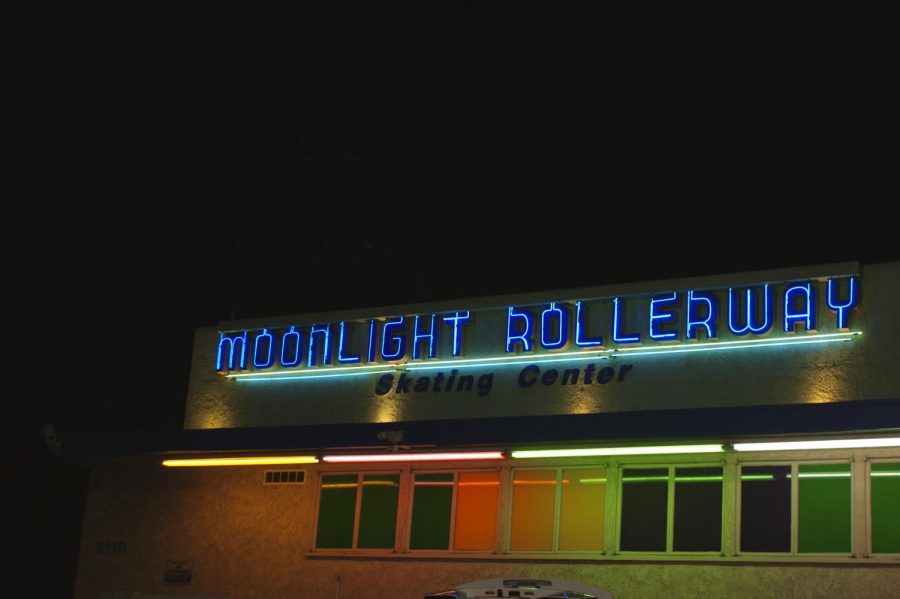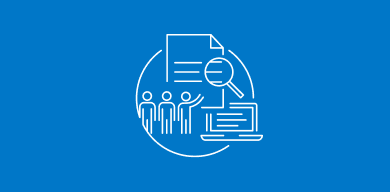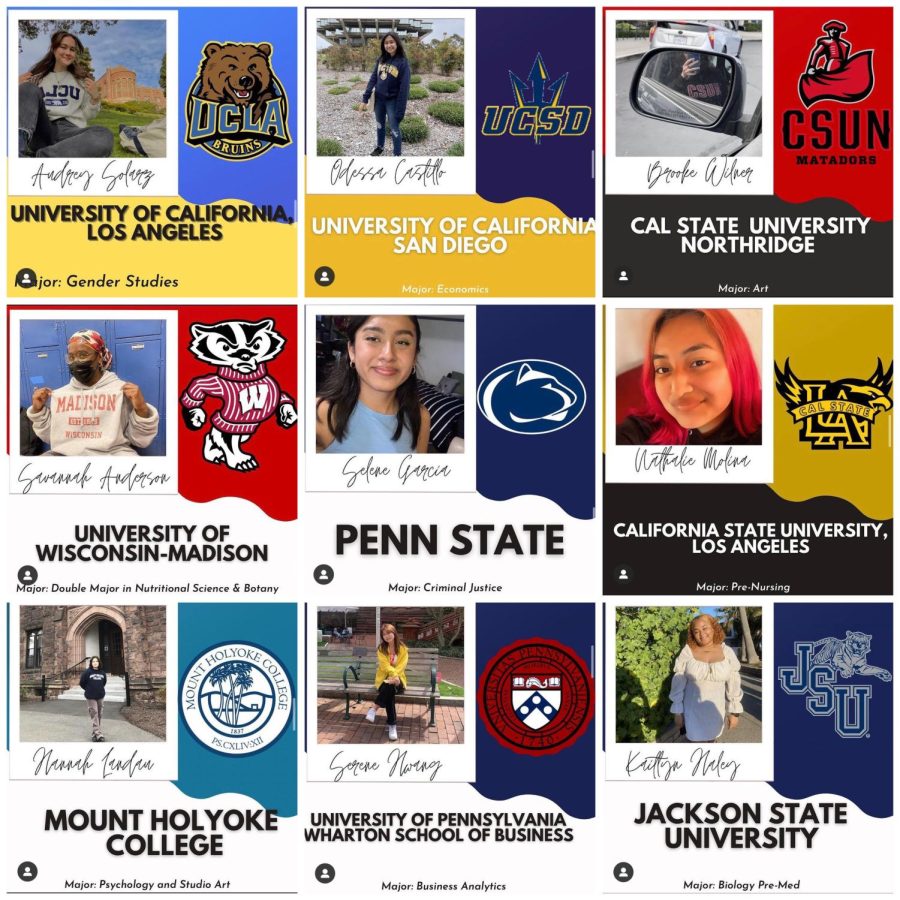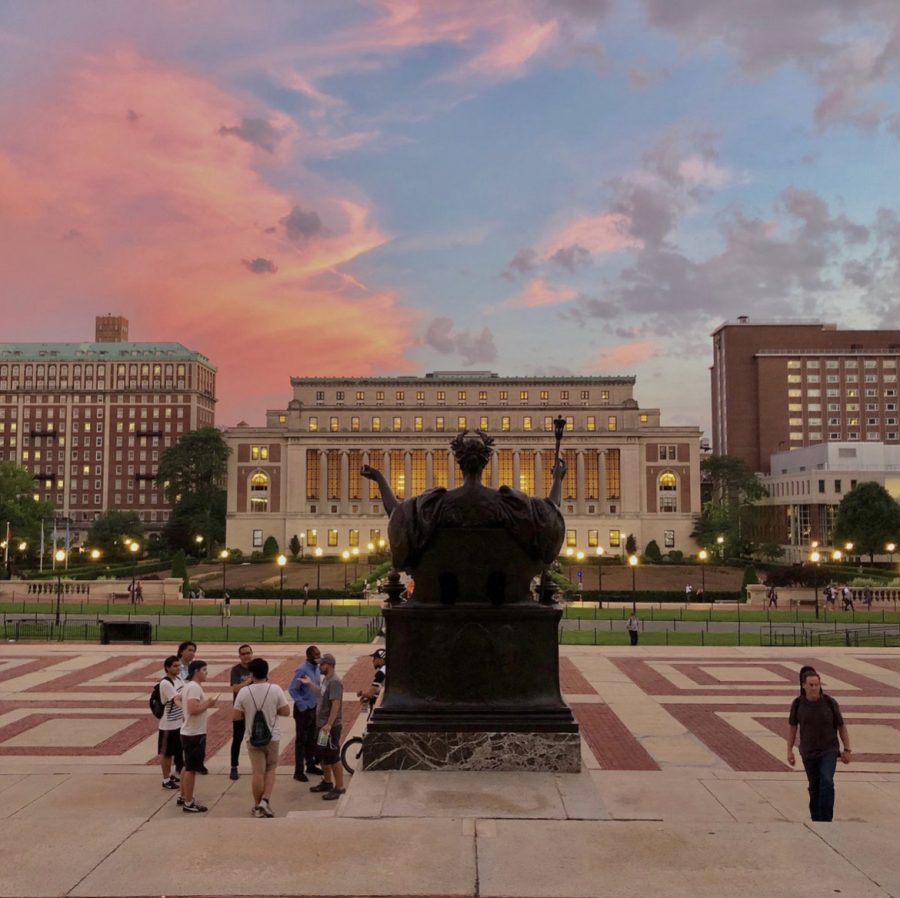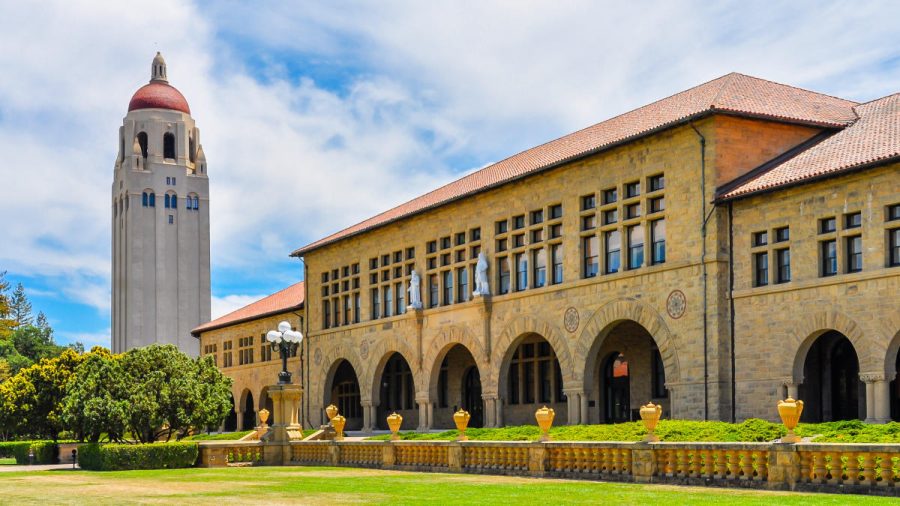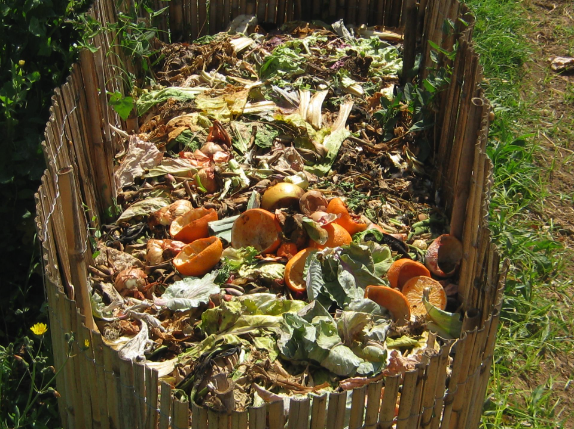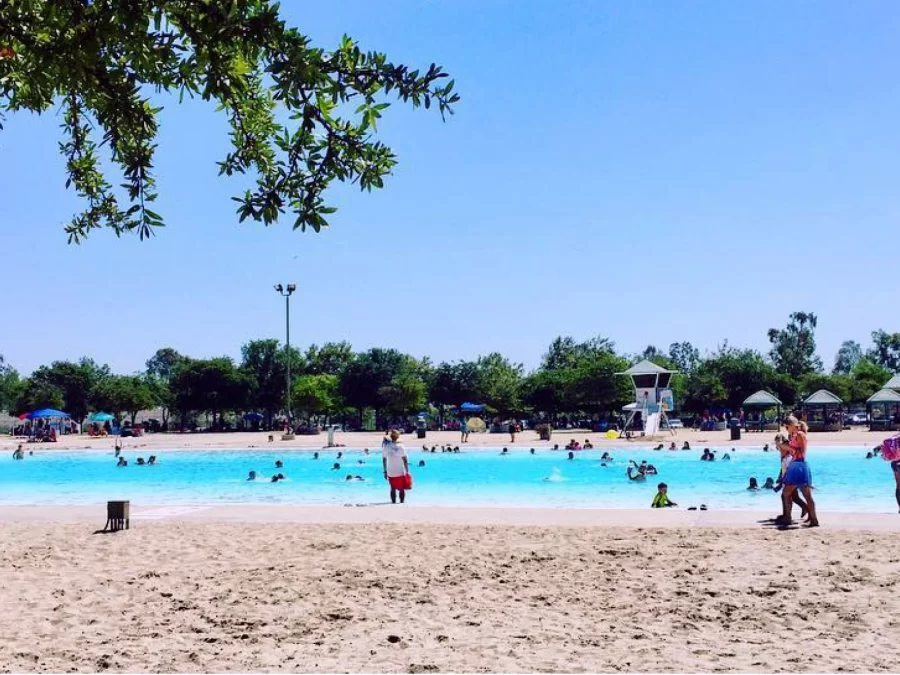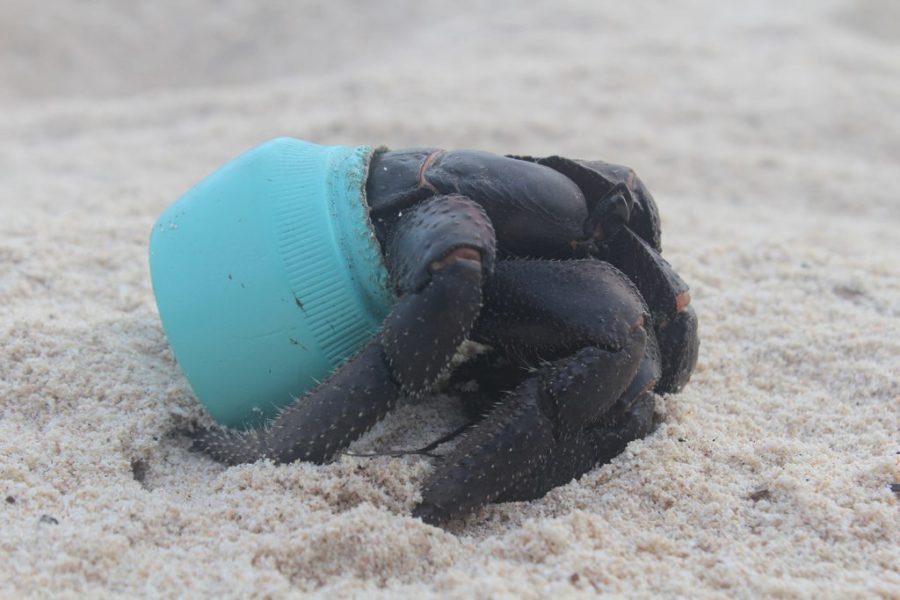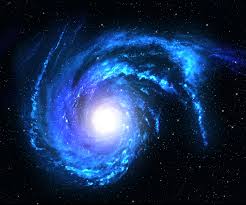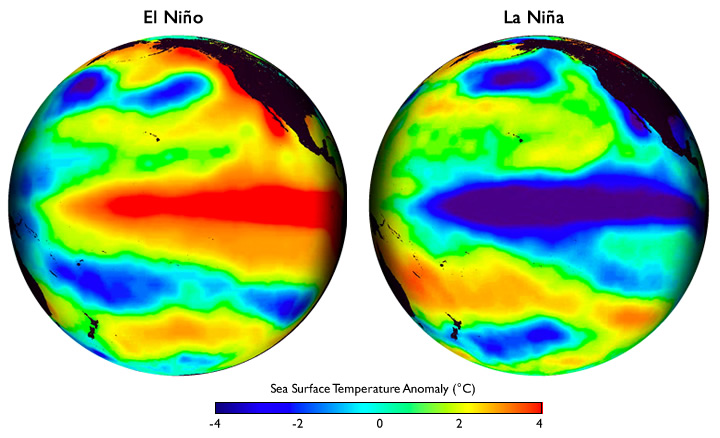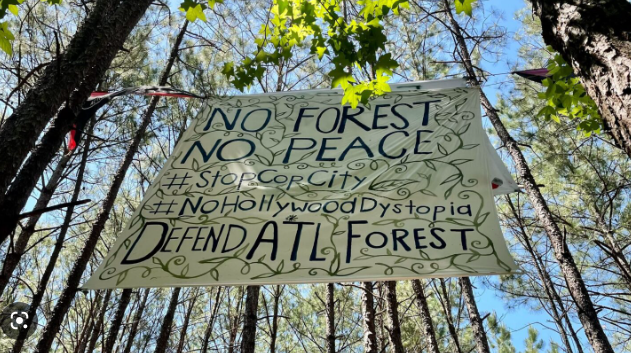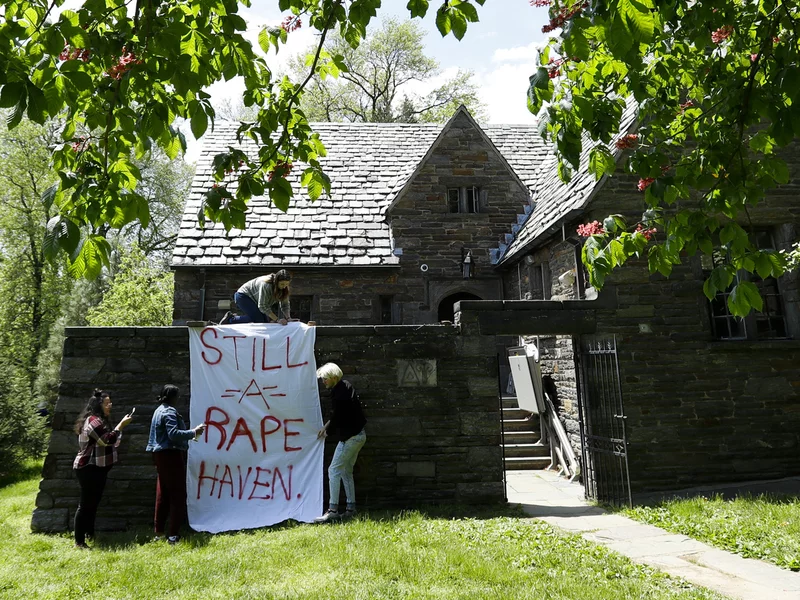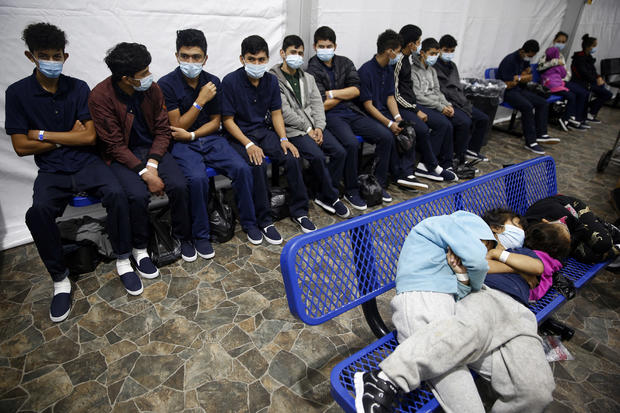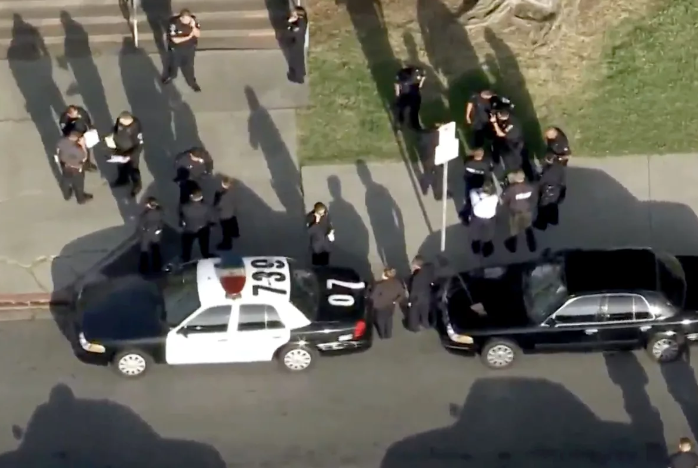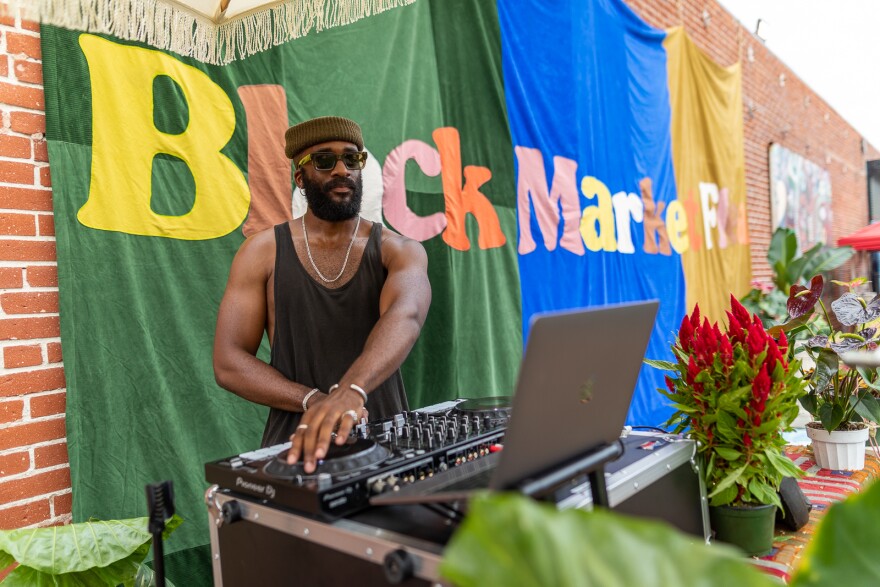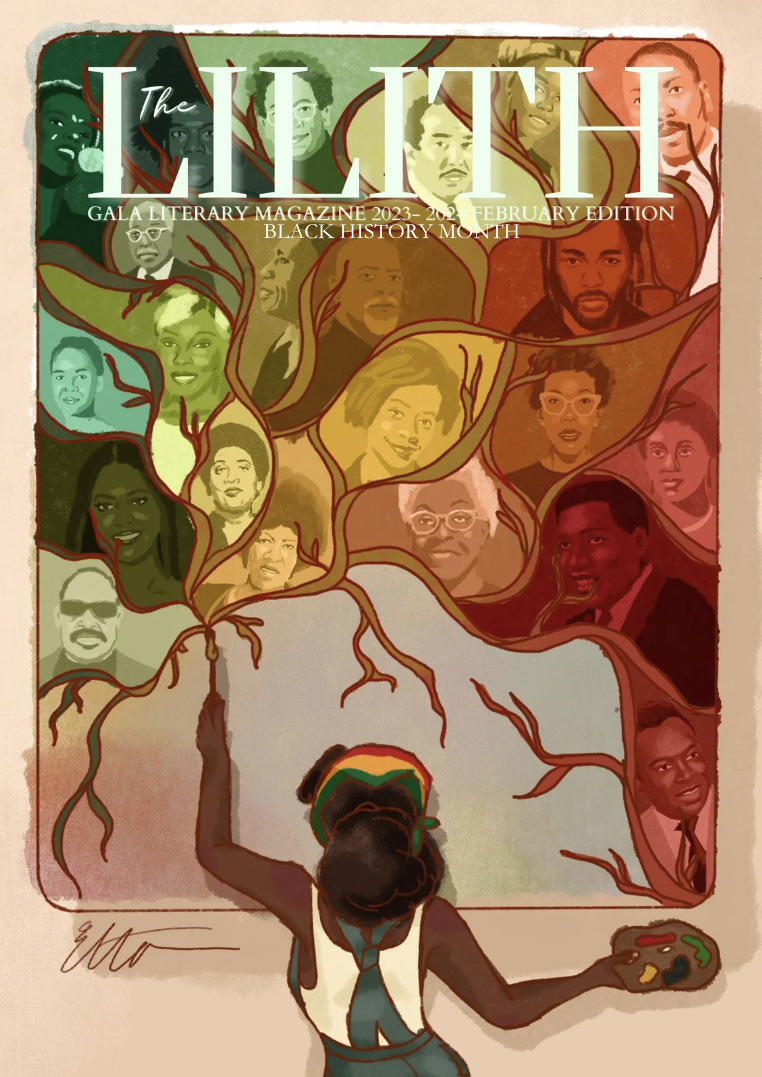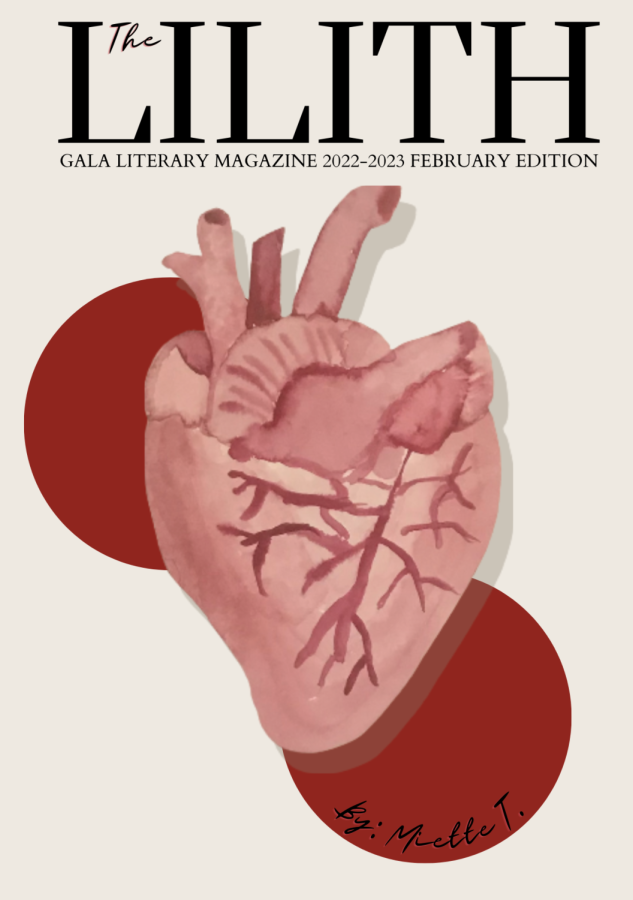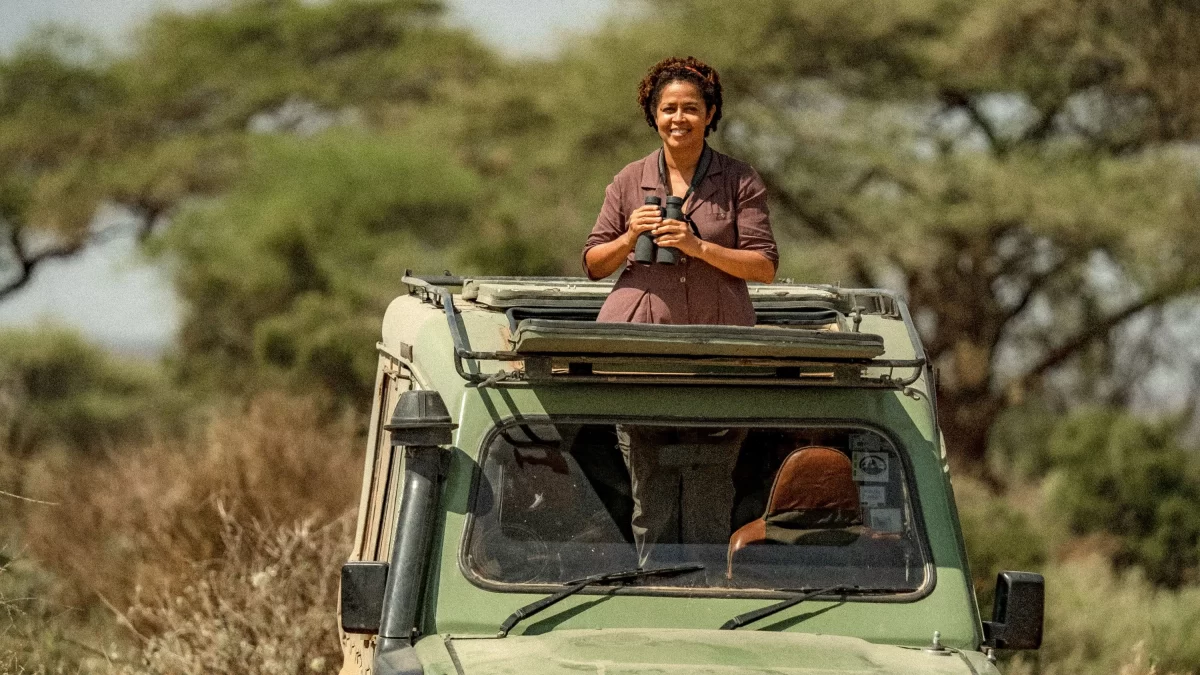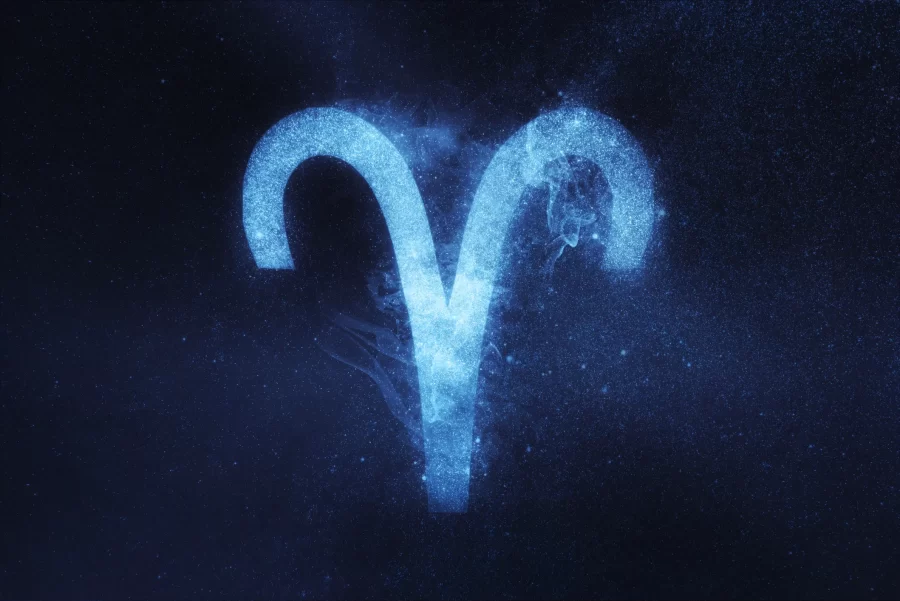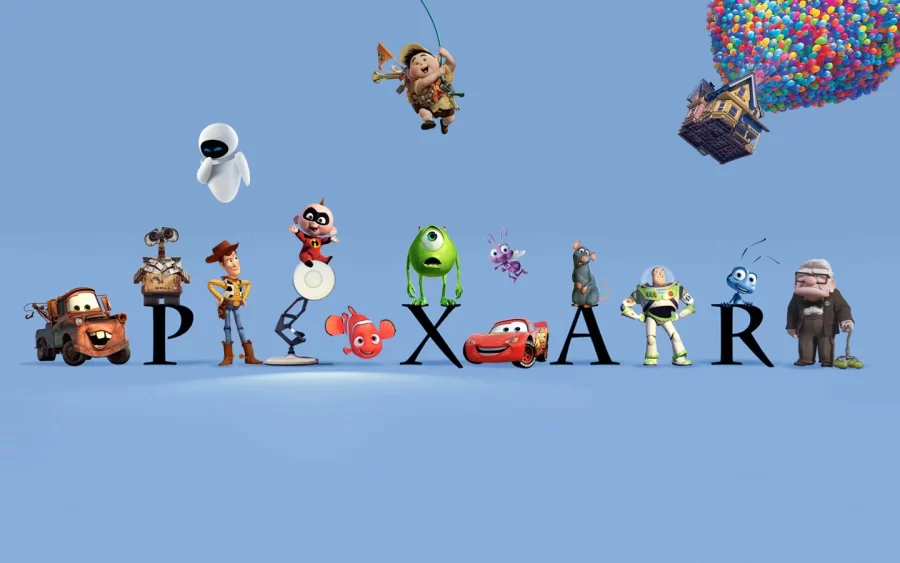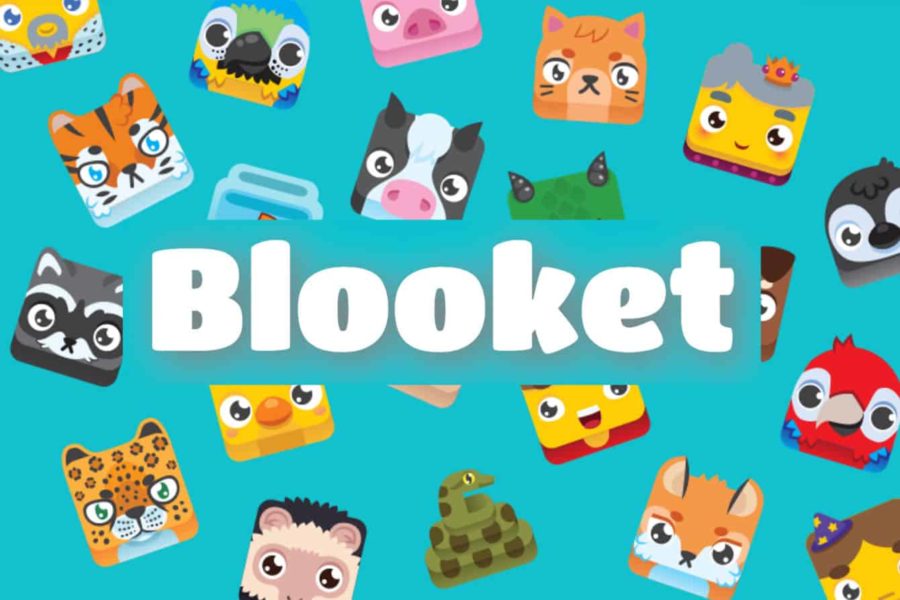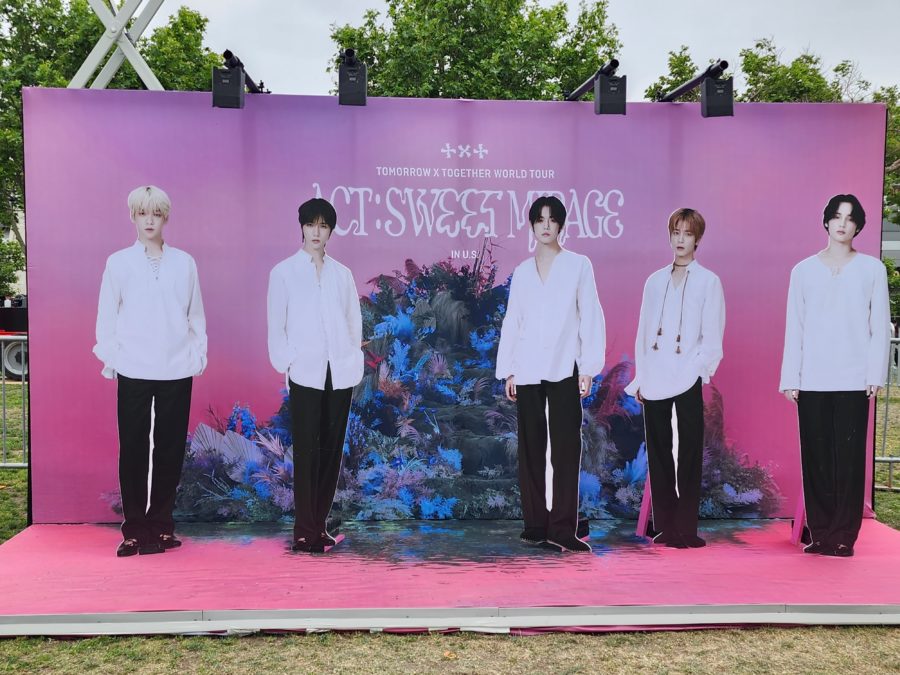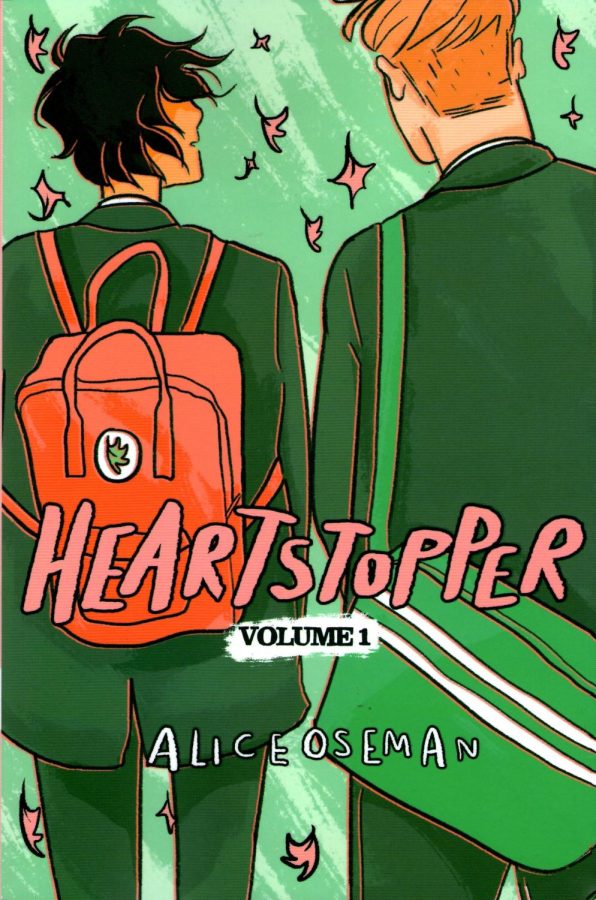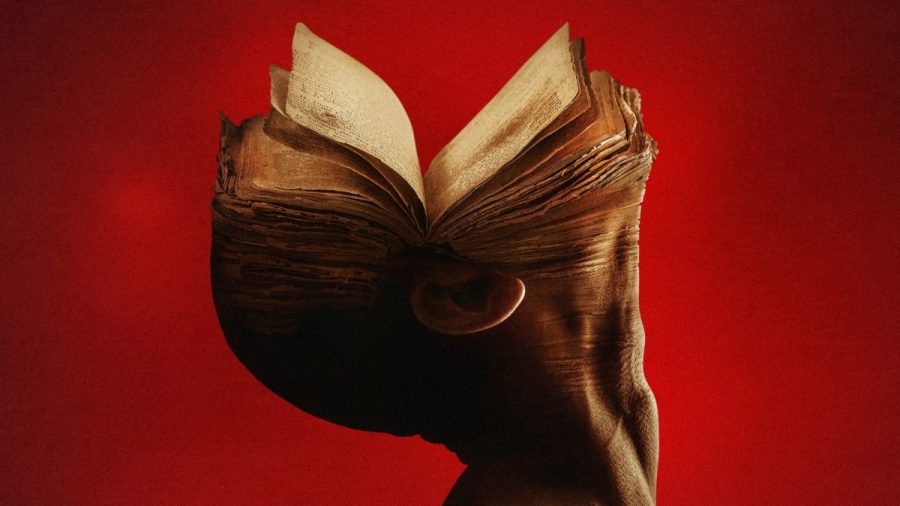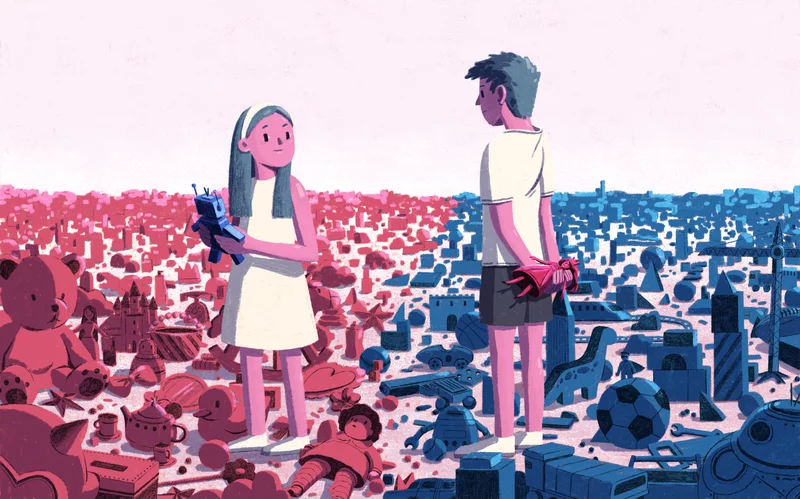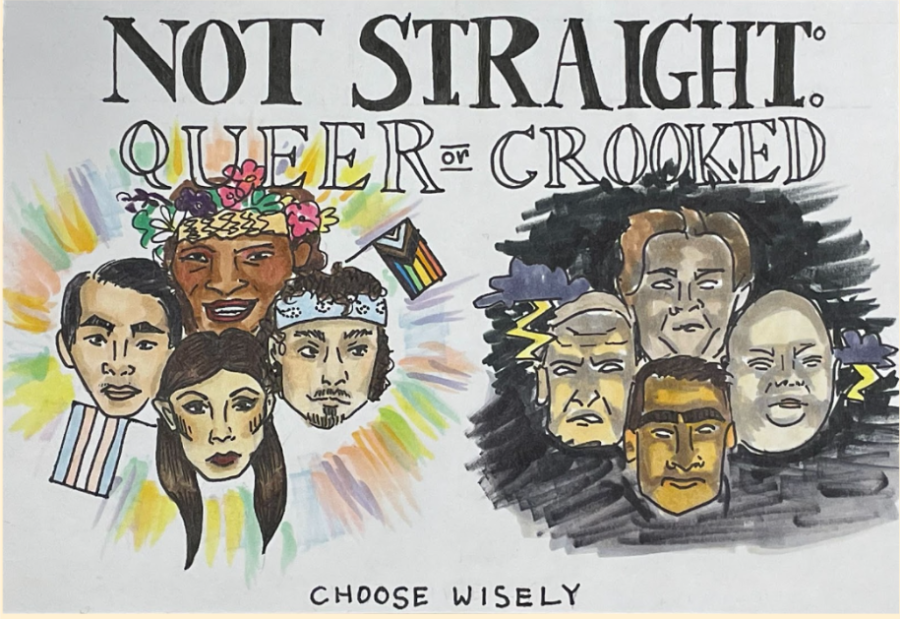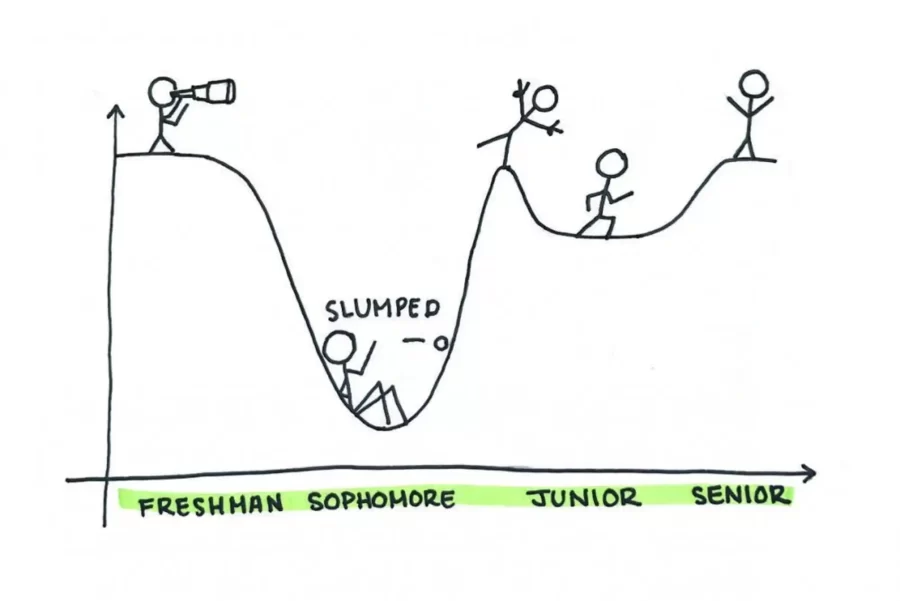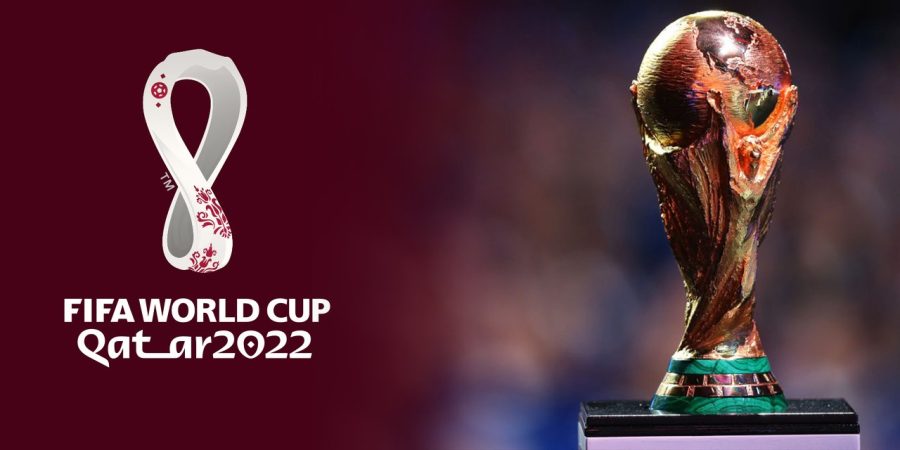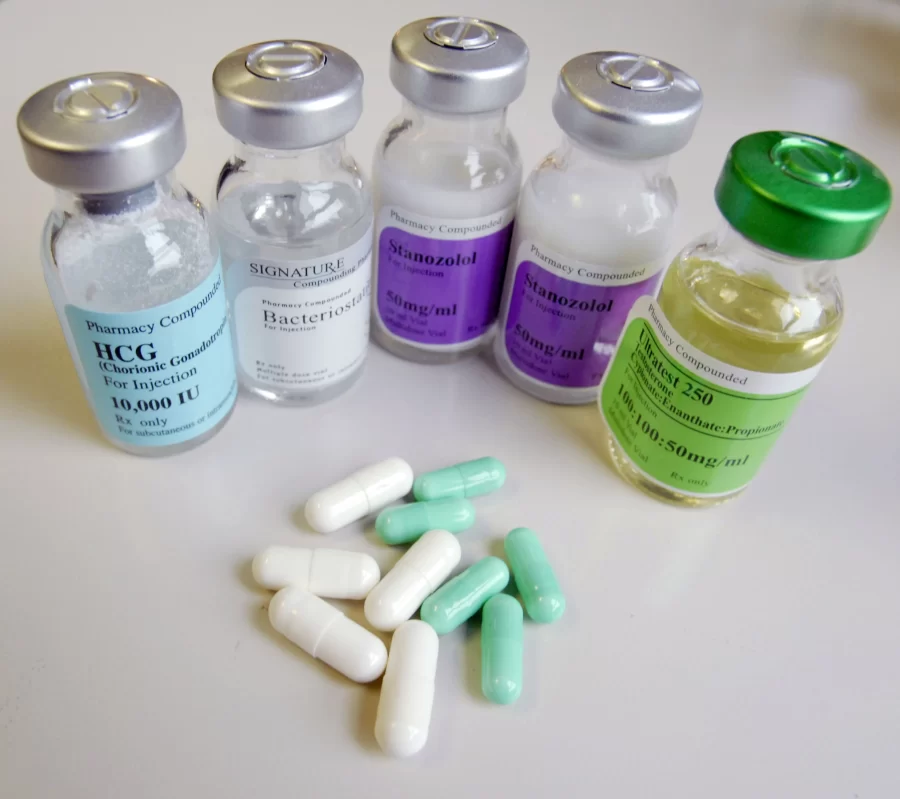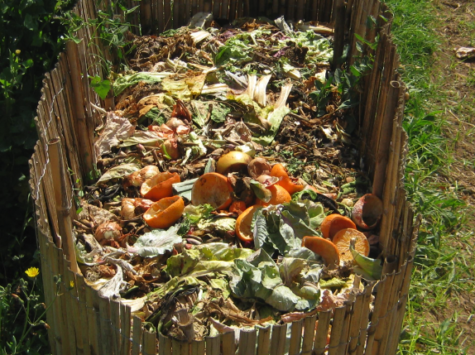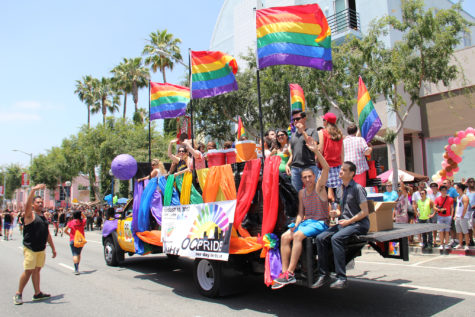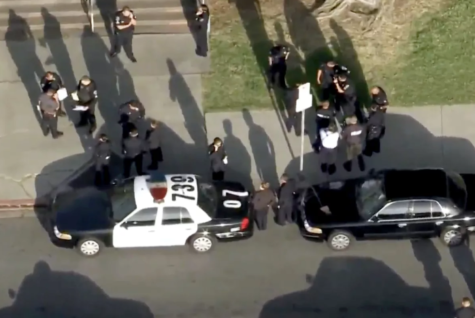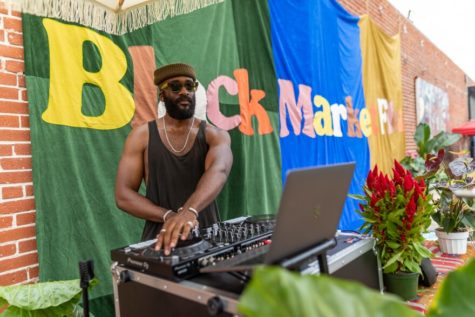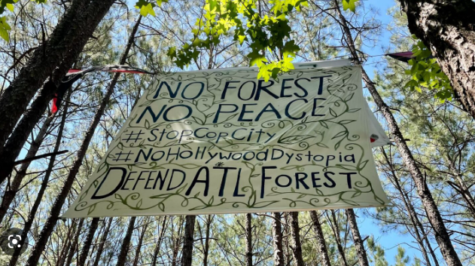MonkeyPoxs: What’s Happening With The Virus Now?
What MonkeyPoxs looks like Image provided by: IStock
Monkeypox is a rare disease caused by the monkeypox virus. The monkeypox virus is similar to the smallpox virus; however, according to MedlinePlus, “monkeypox is less contagious, rarely fatal, and has milder symptoms.” Some people mistake monkeypox for both chickenpox and shingles. However, chickenpox (caused by the varicella virus) is not the same as monkeypox (caused by an orthopox virus). People who have been around others with the virus, such as in a working environment or through physical intimacy, may be at risk for contracting the virus.
On May 6, 2022, the first case of monkeypox was reported in the United Kingdom and then spread into the city of Los Angeles. Currently, there are 2,194 confirmed cases in LA County, over 26,000 cases in the United States, and almost 70,000 cases of monkeypox worldwide. However, there haven’t been many deaths, with only 26 monkeypox-related deaths reported, as monkeypox is rarely fatal to humans. Monkeypox was first discovered in 1958 when pox-like diseases kept spreading over colonies of monkeys. However, despite the condition being named monkeypox, it’s not named after monkeys. The first human case, however, was in 1970. According to the World Health Organization, “Human cases of monkeypox have been reported in 11 African countries: Benin, Cameroon, the Central African Republic, the Democratic Republic of the Congo, Gabon, Côte d’Ivoire, Liberia, Nigeria, the Republic of the Congo, Sierra Leone, and South Sudan.”
Monkeypox can spread in a couple of different ways. The Center for Disease Control (CDC) states that the virus can spread through “Direct contact with monkeypox rash, scabs, or body fluids, touching objects, fabrics (clothing, bedding, or towels), and surfaces that someone with monkeypox has used.” The virus can also spread via physical contact like hugging, kissing, massaging, etc. Some signs/symptoms you may show if you do have monkeypox would be rashes near one’s genitals, gluteus maximus, or other parts of your body, including hands, feet, chest, mouth, or face. According to the CDC, “the rash will go through several stages like scabs, pimples, or blisters before healing.
Another thing is monkeypox, like chickenpox, is itchy. Some symptoms include fever, chills, swollen lymph nodes, exhaustion, muscle aches, and backache. Typically, monkeypox symptoms last up to 3 weeks after exposure, and rashes generally form 1-4 days after exposure. The CDC states that spreading the virus can continue until “all rashes are healed, scabs fall off, and a new layer of skin has formed.”
If you do find yourself sick with the virus, there’s no need to panic. Most of the time, people infected feel better after 2-4 weeks without medical treatment. However, if you require medical attention, you can go to your local doctor or hospital to be prescribed medicine to treat the rashes for the time being. If you are experiencing any of these symptoms, avoid contact with people, wear a mask, and check in with your doctor frequently. Another thing you can do, according to the CDC gets the JYNNEOS vaccine, which is approved for the prevention of smallpox and monkeypox. Alternatives include the ACAM2000.
With all of this in mind, please do your part in ending this itchy crisis once and for all.
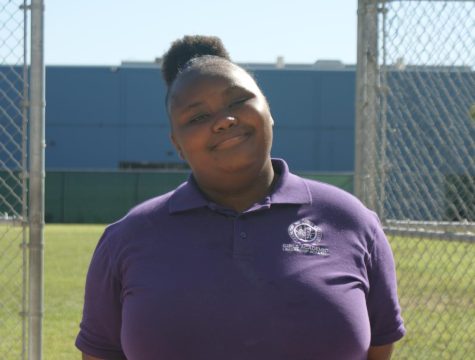
Greetings! Bryanna Chisom is a 9th grader at GALA, as of now it's their 1 first year at journalism (definitely joining again) and they are officially the...
